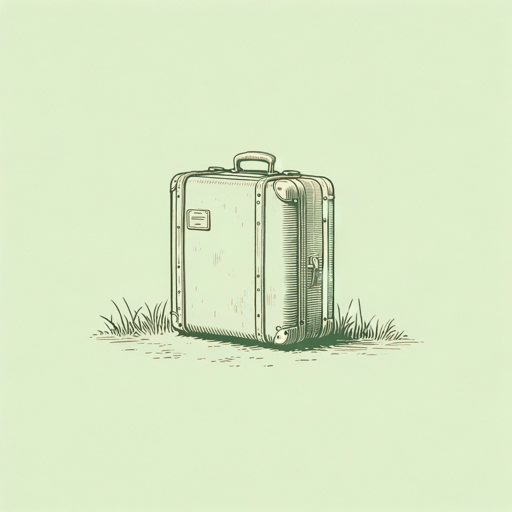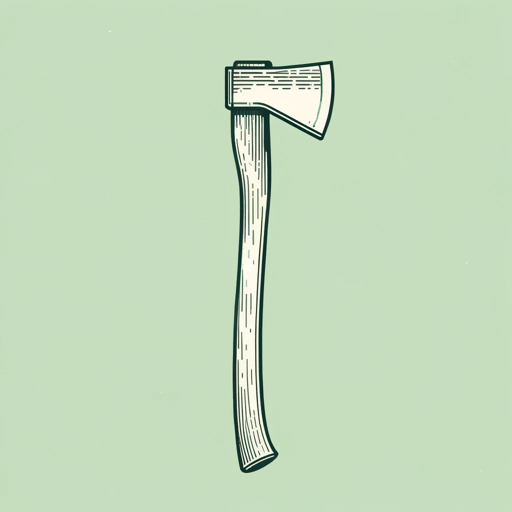45 pages • 1 hour read
Gary PaulsenGuts: The True Stories Behind Hatchet and the Brian Books
Nonfiction | Autobiography / Memoir | Middle Grade | Published in 2001A modern alternative to SparkNotes and CliffsNotes, SuperSummary offers high-quality Study Guides with detailed chapter summaries and analysis of major themes, characters, and more.
Symbols & Motifs
Moose
For Paulsen, the moose is a symbol of the unavoidable danger of nature. The animal represents the gap between a human’s understanding of preparedness and the inherent dangers of the natural world, which cannot be accounted for. The moose’s sudden fits of rage, seeming “madness,” and inexplicable violence are symbolic of a danger that cannot be mitigated. For Paulsen, much of nature can be understood by gleaning experience and knowledge from the forest. However, there will always be dangers, and Paulsen’s many vignettes about death in the woods demonstrate how sudden and random some incidents appear (for example, the man who rapidly dies of a poison ivy allergy). The wilderness will never be a safe place, no matter how skilled the survivalist is, because out there somewhere is the moose—or, alternatively, natural phenomena and challenges out of one’s control.
Fire
Fire is representative of knowledge. It is a motif that explains man’s ability to know the wild, to make logical reasonings and assumptions about nature through observation and manipulation, and thus to conquer nature. Fire allows for safe, drinkable water and edible meat. Fire offers warmth in the cold and light in the dark. More importantly, fire offers peace and a connection to distant ancestors: “I can’t think of many things, including Iditarods or sailing the Pacific, that affected me as deeply as getting that fire going; I felt as early man must have felt when he discovered fire, and it was very strange but I didn’t want to put it out” (Guts: 123).
Related Titles
By Gary Paulsen

Brian's Hunt
Gary Paulsen

Brian's Return
Gary Paulsen

Brian's Winter
Gary Paulsen

Dogsong
Gary Paulsen

Harris and Me: A Summer Remembered
Gary Paulsen

Hatchet
Gary Paulsen

How Angel Peterson Got His Name
Gary Paulsen

Lawn Boy
Gary Paulsen

Masters of Disaster
Gary Paulsen

My Life in Dog Years
Gary Paulsen

Nightjohn
Gary Paulsen

Northwind
Gary Paulsen

Soldiers Heart: Being the Story of the Enlistment and Due Service of the Boy Charley Goddard in the First Minnesota Volunteers
Gary Paulsen

The Crossing
Gary Paulsen

The Monument
Gary Paulsen

The River
Gary Paulsen

The Transall Saga
Gary Paulsen

The Voyage of the Frog
Gary Paulsen

The Winter Room
Gary Paulsen
Tracker
Gary Paulsen

